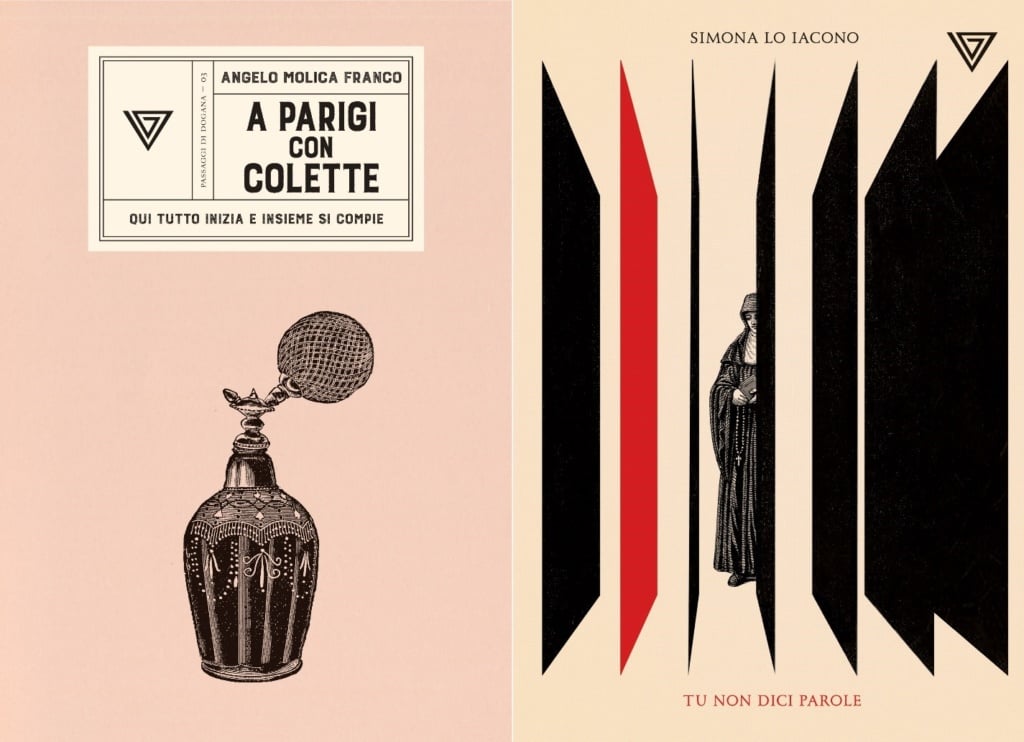Table of Contents
We have to admit it: a book is judged by its cover. Or rather, the cover is very often the first, most immediate contact that we have with a book. Which is why designing the cover of a book is not easy.
How does a cover designer work? What sort of research goes into this type of artwork and what inspires the design? With these questions in mind, we got in touch with Maurizio Ceccato – cartoonist, graphic designer, publisher, illustrator, bookseller and, of course, book cover designer – in the hope of getting some answers!
Over the past 25 years, Maurizio Ceccato has designed covers for over 30 different publishers. He started in the mid-nineties, creating covers for Italian publishing houses Castelvecchi Editore and Malatempora, and went on to work for Fazi, Elliot, Laterza, Hacca, Arcana and many more. This is what we asked him…

Hi Maurizio, let’s start with a bit of “history”: you started out as a cartoonist. How did you end up designing book covers for Italian publishers?
I didn’t start working as a graphic designer straight away, but fell into this career after many years of plying my trade with a pen and pencil. Initially, I did cartoons and illustrations, which I still do to this day. Let’s just say that I don’t regard the graphic designer’s job as different from that of a cartoonist or illustrator. In each case, we’re still talking about artwork.
I got into designing book covers through the newspapers and magazines I was working for as an illustrator. At one of these, I met Francesco Coniglio, co-publisher at Castelvecchi. It was he who suggested I produce a few covers for the publishing house. It was the mid-nineties, and from then on I worked in cover design.
What kind of work goes into designing a book cover? What inspires you?
Designing the cover of a book is the most “dangerous” job, if you’ll excuse the term, because it’s the most immediately available part of the book and, therefore, the part that is easiest to criticise. Behind book cover design, there is a lot of image research.
But the design and research never start with the book, nor with the world of graphic design tout court. The starting point, the inspiration, I always look for elsewhere and I find them in other passions of mine like photography, history, coin collecting, music and science. I still remember today what one of my college teachers told me: “look for ideas in markets… not art exhibitions.” Obviously, I’ve always been in contact with the world of graphic design and art, but in it are ideas that have already found their form, not the inspiration that I’m looking for.
At a practical level, how do you work and what tools do you use?
The most important part is the planning stage, which is where my artwork takes shape, and which I usually do on paper. This is the main part of my job and is mainly done on notepads, sketchbooks and loose sheets so that I can sift through them and find the right image.
I use the computer at the end of the process to scan the image that I’ve “found” and to correct any final errors.

What advice would you give to someone who is interested in this job?
I don’t feel I’m in a position to give much advice. Perhaps the only thing I feel I can say is to try to do lots of research, to keep searching and to experiment with method: look at what has been done by other “thinkers” and develop a passion for other domains. Today, technology makes it much easier to obtain this type of information.
More than focusing on technological tools like software and apps – which obviously speed up the whole process and let you create a book at home – I would concentrate on the part that requires discipline and perseverance: art as a square root or prime number. This is how you can perhaps make a personal contribution to visual art and to “creative fantasies”.
You can see some of Maurizio Ceccato’s work here.

